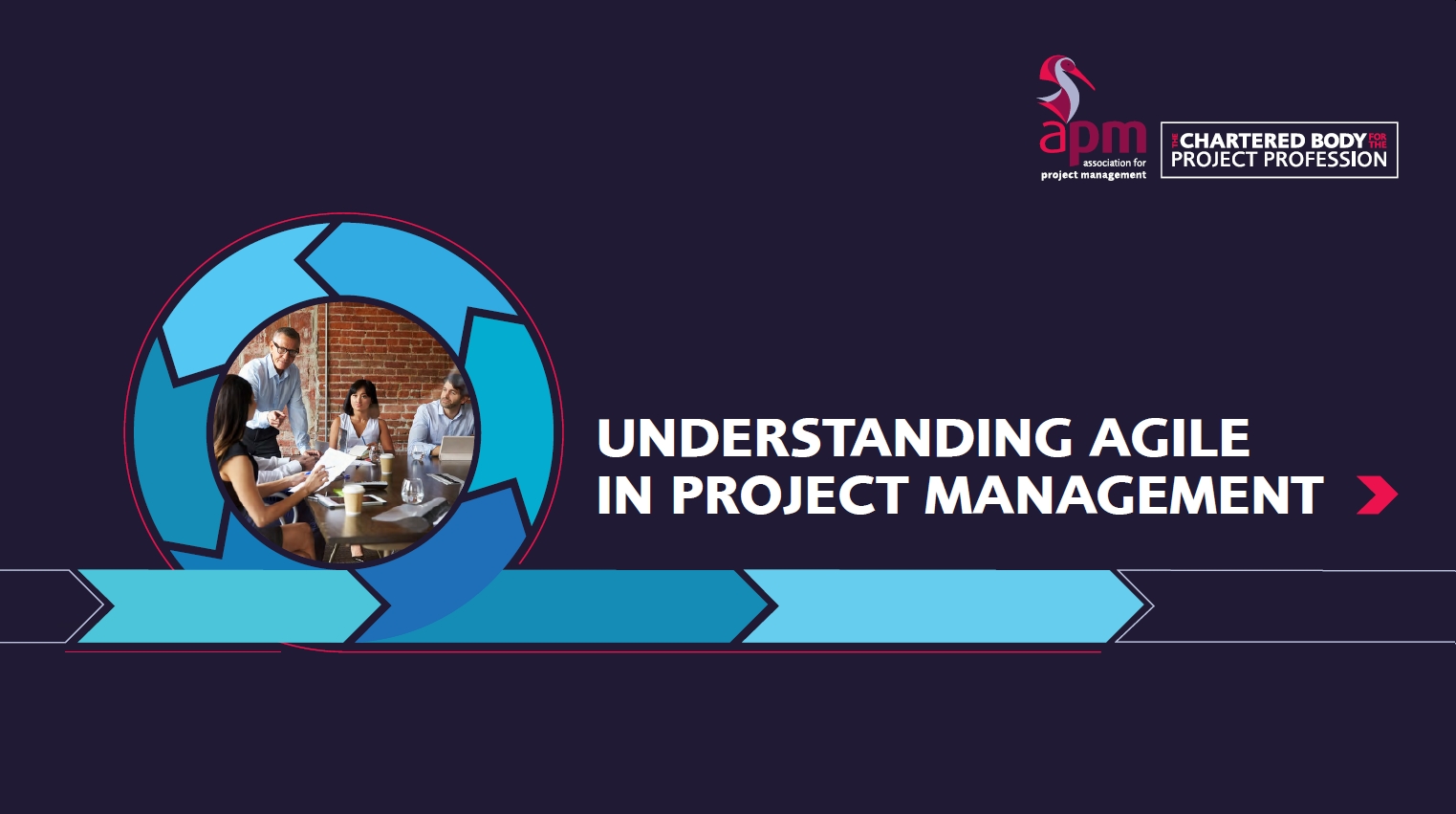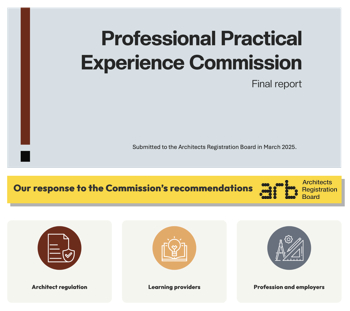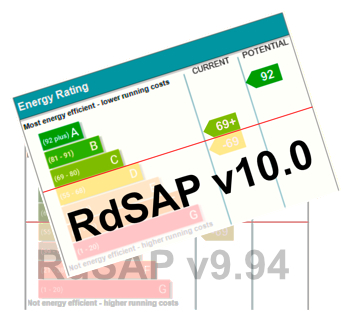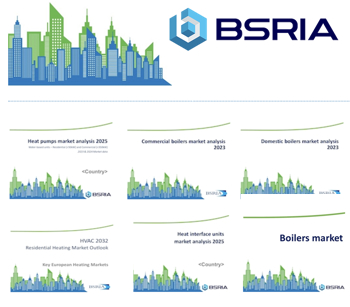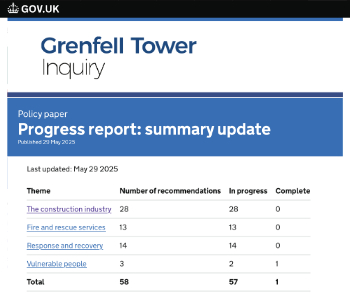Understanding agile in project management
Whilst agile is prevalent in project practice, little of this is grounded in evidence and theory, and there is a lack of credible academic research in contrast to other aspects of the project management domain. There is ambiguity around what is agile within the profession and lots of questions remain unanswered in terms of how is agile being used, and how effective is it particularly outside of IT and software development. Also, the limited available literature does not tend to explore the challenges and barriers encountered with implementing agile.
This report does not present a single definition of agile for the project management community. Rather, we explore existing practice in order to discover whether agile is valuable to project management, and why. We set out to explore agile practice, without first providing a definition. This research makes steps towards an enhanced understanding of the use of agile in project management. It also provides illustrative case studies of projects applying agile. Challenges are discussed in the successful adoption of agile. We also explore the motivation for agile, which includes improved project delivery through enhanced flexibility, adaptability and responsiveness in complex, uncertain and challenging circumstances.
The research team gathered data using a mixed-method approach, including a systematic literature review, interviews with 31 cross-sector project professionals, and a survey that attracted over 600 responses. Both the interviews and survey data showed that agile is overwhelmingly recognised as beneficial to successful project delivery and project team performance.
The use of agile in project management remains relatively new and is evolving for many organisations. The majority of participating organisations have less than five years of experience in practising agile. Our survey analysis indicated that experienced project professionals (with over three years of project management experience) hold more favourable views towards agile in project management.
Companies may gain limited value from ‘copying’ many forms of agile at the moment without wider organisational change. Overall, organisations’ competency and culture are not yet fully ready for agile, with no more than one-fifth of survey participants reporting a high level of readiness in either area. Yet, the majority (68 per cent) of the participants consider agile methods promising and will adopt agile in their future projects.
Agile as a professional practice is not yet well understood, and there is variation and disagreement amongst practitioners about its definition. Our empirical findings also echo what has been identified through our systematic review of existing literature on agile in project management - that existing academic studies are highly fragmented, and there is a lack of consensus over, and there is a lack of consensus and fundamental understanding of agile among scholars.
Incorporating transcribed verbal quotations from interviewees, this report draws on case illustrations to show how different project professionals and project-based organisations have already adopted and adapted agile for project management. The study reports on meaningful insights of current practice of agile and has identified significant future research directions to develop the theoretical and practical understanding of agile in project management. This is achieved through our systematic review of the extant academic literature and empirical findings from the extensive survey and case studies. The analysis examined areas stemming from relevant academic literature and was refined through the research process, which includes:
- Current agile status effectiveness and efficacy costs
- Culture and process
- Agile suitability project and organisation
- Practical suggestions challenges
- Future research
The full report is available to download here.
--Association for Project Management
Related articles on Designing Buildings
- Advanced manufacturing.
- Agile construction.
- Association for Project Management.
- Association for Project Management articles.
- Big data from smart infrastructure.
- Digital transformation - what does it mean?
- Dynamic conditions for project success.
- Lean construction.
- Lean construction - a quality perspective.
- Logistics management.
- Prefabrication.
- Resource management.
- Supply chain management.
Featured articles and news
Professional practical experience for Architects in training
The long process to transform the nature of education and professional practical experience in the Architecture profession following recent reports.
A people-first approach to retrofit
Moving away from the destructive paradigm of fabric-first.
International Electrician Day, 10 June 2025
Celebrating the role of electrical engineers from André-Marie Amperè, today and for the future.
New guide for clients launched at Houses of Parliament
'There has never been a more important time for clients to step up and ...ask the right questions'
The impact of recycled slate tiles
Innovation across the decades.
EPC changes for existing buildings
Changes and their context as the new RdSAP methodology comes into use from 15 June.
Skills England publishes Sector skills needs assessments
Priority areas relating to the built environment highlighted and described in brief.
BSRIA HVAC Market Watch - May 2025 Edition
Heat Pump Market Outlook: Policy, Performance & Refrigerant Trends for 2025–2028.
Committing to EDI in construction with CIOB
Built Environment professional bodies deepen commitment to EDI with two new signatories: CIAT and CICES.
Government Grenfell progress report at a glance
Line by line recomendation overview, with links to more details.
An engaging and lively review of his professional life.
Sustainable heating for listed buildings
A problem that needs to be approached intelligently.
50th Golden anniversary ECA Edmundson apprentice award
Deadline for entries has been extended to Friday 27 June, so don't miss out!
CIAT at the London Festival of Architecture
Designing for Everyone: Breaking Barriers in Inclusive Architecture.
Mixed reactions to apprenticeship and skills reform 2025
A 'welcome shift' for some and a 'backwards step' for others.








